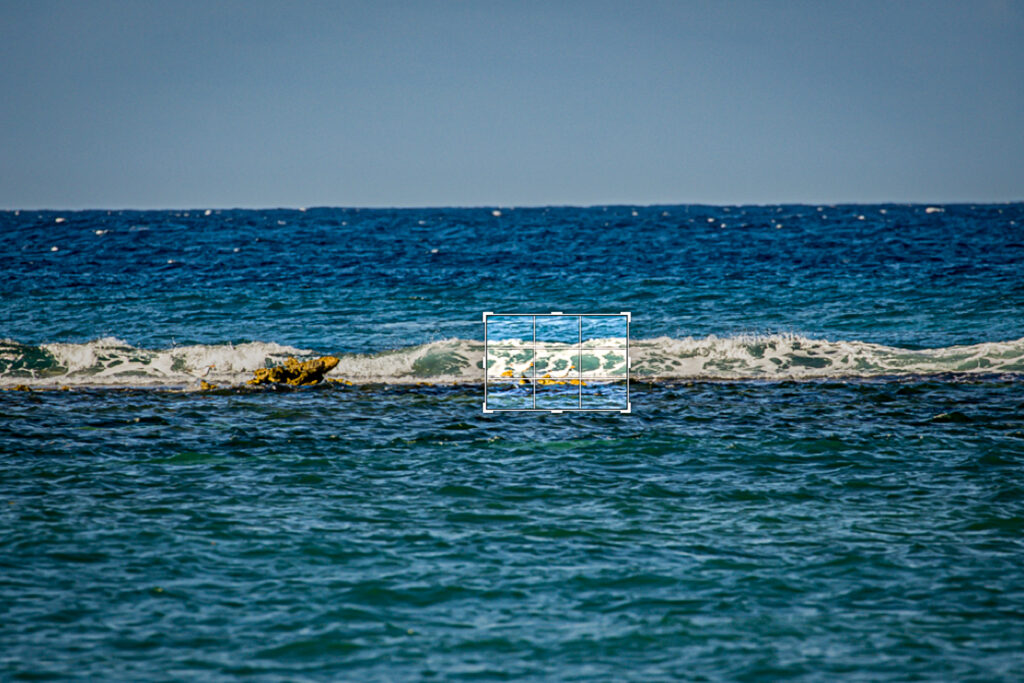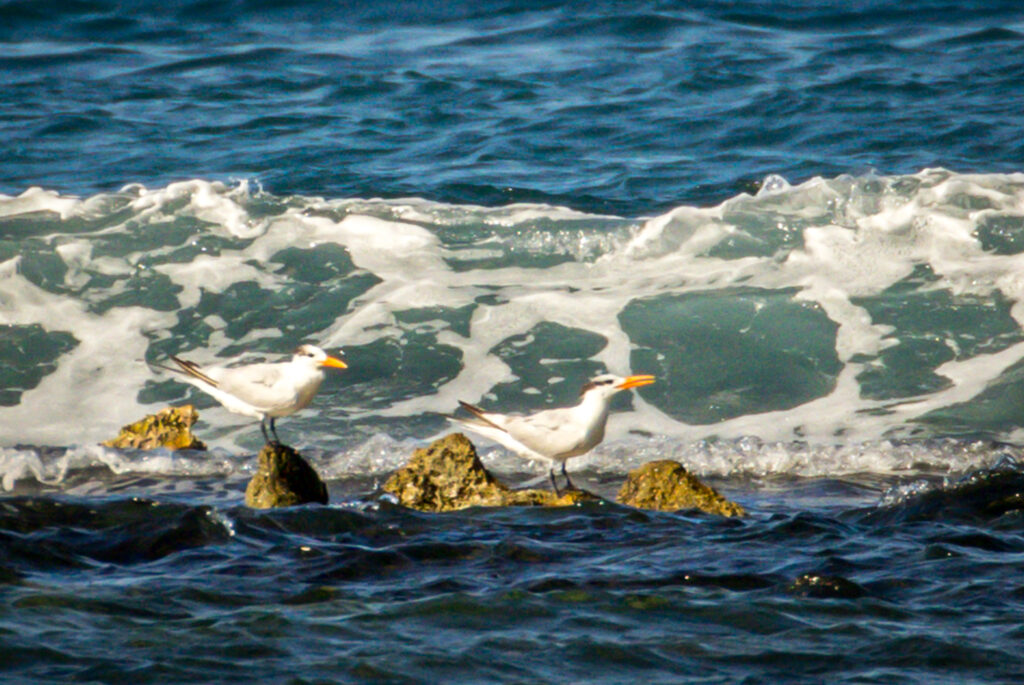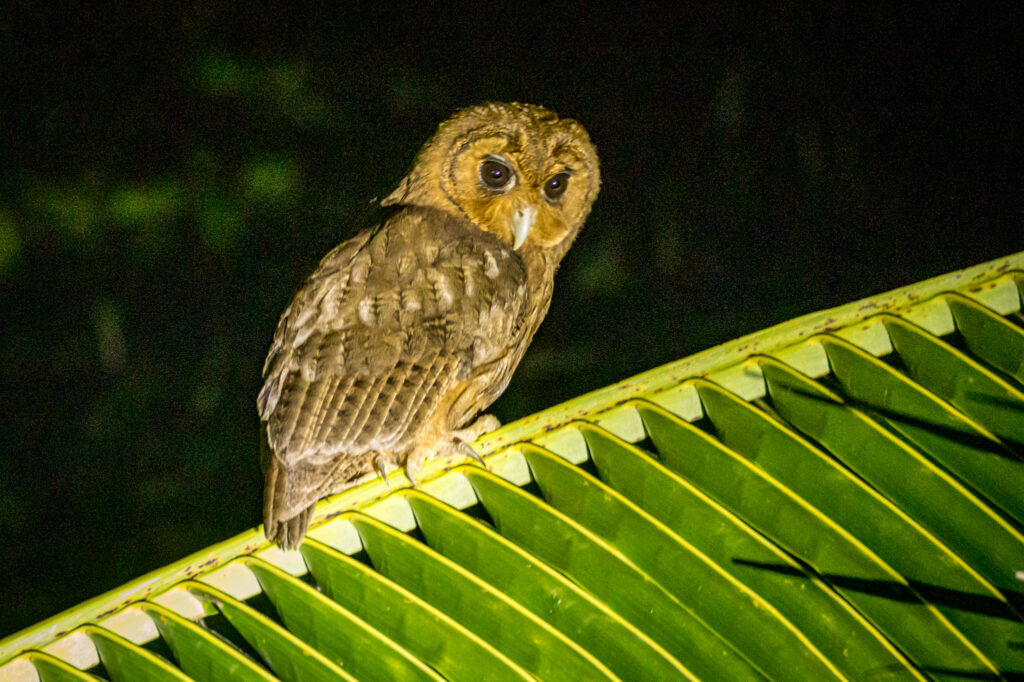Field Testing The New Canon R7 Camera
I took my first shots with my new Canon R7 mirrorless camera one month ago and I wanted to share some of my first observations and reflections about the camera, particularly for those contemplating the purchase of a new camera. My overall observation is that the Canon R7 is a definite upgrade from my previous Canon 7D Mark II. Below are some comments about the new Canon R7 after using it extensively during a six-dat birding trip in Jamaica.
Focus – The Animal Eye Detection on the Canon R7 is amazing – when it works. It’s fascinating to watch through the viewfinder as it zeros in on the eye of a bird. At first it seems to detect the shape of the bird then it knows where to look for the eye and puts a tiny green focus square right on it. I click the shutter button when that happens because I know I’m going to get a great focus. Even as the bird moves around in the viewfinder the little green focus square sticks on the eye so you can be confident the focus is still good, even if the bird has moved away from where the focus was first acquired. This aids in composition as I tend to center the head of a bird initially but once the eye focus has been acquired I can then move the camera to place the bird anywhere within the frame and still have excellent focus. It is amazing and kudos to Canon for developing this innovative technology.
But it doesn’t always work. If a bird is within foliage – even when there is a direct line-of-sight to the bird – the camera will search (as represented by all these little flashing green squares moving around), sometimes in vain. This occurs particularly when the bird is buried inside a bush/tree – even when the bird is in clear sight the focus will try to grab on to the leaves and branches that are closer than the bird.
The “Eye” in Animal Eye Detection is what the camera seeks. If the camera can’t see the eye, such as when bird is looking away, you are looking down on a bird, or there is little contrast between the eye and the head (i.e. dim lighting or a Dark-eyed Junco), the camera searches around for the eye. Not surprisingly, when the bird is a good distance away it is less likely for the eye to be obvious to the camera, then the camera may just focus on the body. One way I have compensated for when the camera is not able to attain eye focus is to use back-button focusing with a tight (One-Point AF) beam on the bird. Once the camera attains focus on the bird I then use a different back-button to initiate the Animal Eye Detection. So when I find the Animal Eye Detection just searching all over for the bird I hit the One-Point AF button to focus on the bird and then hit the Animal Eye Detection button yields a better chance of finding and focusing on the eye.
Sometimes the focus is slow or doesn’t work at all. I’m using the same Canon 100-400mm lens I had on my old 7D Mark II (with an adapter). The older Canon 7D Mark II and 100-400 Zoom lens combination was known for its quick acquisition of focus – almost instantly. The same lens on the Canon R7 is slower. I’m not sure why because the new R7 has an updated autofocus so it should be faster. Sometimes it takes about a second to acquire the focus, at which point a bird could be gone. Even more confusing is that the R7 doesn’t attain any focus in some cases. I first noticed this out in the field. A couple days ago there was a Goldfinch feeding on some golden seeds atop a nearby plant. The camera would not focus on the bird or the seedpods. I could focus on the tree next to it but not the plant and I tried several times. On Monday I was trying to get some pictures of Blue Jays taking peanuts out of our platform feeder and I found that the camera would not focus on the side of the feeder – I could aim at other things in the yard and get a good focus, but not the feeder. My theory is because the the side of the feeder is dull gray the camera couldn’t catch any shape or contrast to focus on. Similarly the dull golden color of the Goldfinch and the seedpods may have “confused” the camera because it couldn’t find anything to focus on. This is a concern because I have missed some shots because of a lack of focus and I’ll be playing with the autofocus settings on the camera to see if this can be improved.
In-Body Image Stabilization (IBIS) – I mentioned the IBIS system previously but it is worth mentioning again. Basically the sensor that captures the light coming into the camera actually moves to compensate for any motion of the camera – if the camera minutely shifts right the IBIS shifts left to compensate. The best example of this was during a night owl excursion in Jamaica when our guide called in a Jamaican Owl and then shined a flashlight on it. Below is one of the images I captured.
Pretty good, huh? That picture was taken at a shutter speed of 1/20th second. Handheld. To put 1/20th of a second in perspective if you took a picture of a fastball coming toward home plate it would travel over 7 1/2 feet in that amount of time. I wouldn’t dare handhold my old camera set at 1/20th of a second. One natural outcome of the IBIS is that I will now be able to get better pictures in low-light situations, like we get in the midwest in the winter. I previously set my shutter speed to 1/320th of a second in low-light conditions but now I’m going to try 1/125th. If they turn out, the images are going to have less noise. In good light conditions I believe the images will be sharper because the IBIS will keep the camera still even at high shutter speeds.
Other Issues:
Noise (Camera) – The Canon R7 reviews said that its First Electronic Curtain shutter sound was noisy and they weren’t kidding. It is perhaps louder than the mechanical shutter on the old 7D Mark II. I’m going to try turning it off and see if I like using the silent electronic shutter (a concern there is that I’ll be taking more images without realizing it, lengthening my post-processing time).
Noise (Image) – As I went back and forth about whether to purchase a Crop-sensor or Full Frame camera I was aware that the latter produced images with less noise. However I gave that up for the additional reach of the Crop-sensor R7. Sure enough, I continue to have noise in images in low light but have resigned myself to using noise reduction software to reduce it. I’m hoping that by using slower shutter speeds(decreasing ISO) I will be able to reduce the amount of noise.
Wake Time – Another criticism of the camera was its slow wake time and I found this to be true as well. Bringing the sleeping camera to my eye I often wait 1 – 1.5 seconds for the camera to activate. I’m trying to train myself to push down the shutter button half-way as I raise the camera to my eye so it is on by the time it gets there.
Complicated (or not) – A companion on my recent Jamaica bird trip also had a new Canon R7 and she left it in Automatic+ mode in which the camera does everything. I’m still struggling to figure out how to set up the camera to best suit my needs but she was moderately successful just using the point-and-shoot mode. I say “moderately” because I don’t think the Automatic+ mode turns on the Animal Eye Detection. My point is that the Canon R7 is a sophisticated machine and the user should learn as much as they can about it and make changes to the various menus to get the best possible images. This may be too much to ask for some casual users, who could come away disappointed in the results.
Keeper Rate – I spend a loooong time post-processing my images in Lightroom and I don’t want to waste time on bad shots. I believe my keeper rate with my old Canon 7D Mark II was around 11%. Even though I’m still learning about the new Canon R7 my keeper rate from my Jamaica trip was 14.6% which seems significantly higher. I attribute this to the Animal Eye Detection and the IBIS. Animal Eye Detection gives me the confidence to take fewer pictures – if I see the focus square on the eye I feel confident I got a focused shot and don’t have to take many more. As I continue to refine the camera’s settings I believe my keeper rate will increase.
Reach – A camera’s reach is how far away can it capture a good image. This can be affected by the power of the lens and the number of pixels an image contains. Considering I’m using the same lens that factor does not come into play when comparing my old 7D Mark II and my new R7. The 7D produced an image of about 20MP whereas the R7 produces images with 32.5MP, or 61.5% more pixels. Below is a screenshot of an image I took in Jamaica as I cropped it – a very small area. Below is the resulting image of a Royal Tern about 250 yards away. Not bad really considering the distance and the small slice of the entire image used but the increased number of pixels in the image produced a usable pic.


Hiccup? – The R7 just didn’t work two or three times since I got it. The camera just wouldn’t take a picture and the viewfinder appeared black. It has been so infrequent I don’t have a hypothesis of when it occurs but I am now watching for it.
More Features to Explore – There are many more features buried in the menus of the Canon R7 that I haven’t tried yet. The Pre-shot RAW Burst Mode mentioned the other day is just one more thing to try on the R7. Not all of them will improve bird photography (i.e. Auto-leveling) but it will be fun to try them out.
Final Remarks (for today) – With just a month of use I can confidently say that the Canon R7 is a significant upgrade from my 7D Mark II. It is a complicated machine so the learning curve is fairly steep for those who want it set up “just so”. I continued to tweak my 7D Mark II over the five years I used it so I expect I’ll be doing the same with the R7 and I feel each tweak will increase the effectiveness of the camera to take excellent bird photographs. At $1500 I feel this is an excellent value for such a sophisticated camera that seems to be designed specifically for birds/wildlife and sports photography.
PS – For anyone who is interested in getting a copy of my menu setup for the Canon R7 please email me at greatbirdpics@gmail.com and I’ll be happy to send you my latest version. You can email me with any questions you may have about using the Canon R7 and I’ll try to get an answer back.
Mike
Click Here if you would like to learn more about GreatBirdPics. Membership is free; members can post their own great bird pics, create an online gallery of their works, and receive emails about bird photography and birding.
